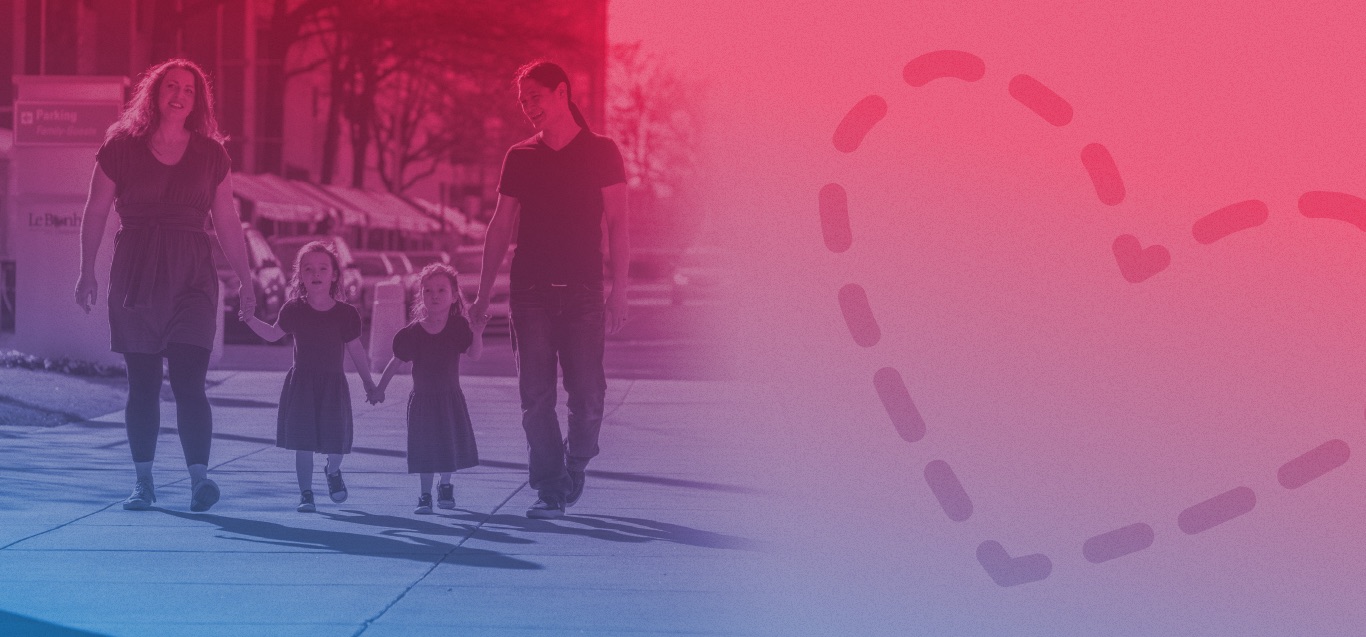
Cerebral palsy: What to know
Posted: March 19, 2015Parents who have a child with cerebral palsy should know that cerebral palsy is an umbrella term for disorders of motor function caused by an underlying non-progressive brain injury. Cerebral palsy (CP) affects about 500,000 people in the United States, and nearly 1,500 are preschool-aged children. But what is CP for those who don’t know? March is Cerebral Palsy Awareness Month, and Le Bonheur Neurologist Dr. Swati Karmarkar answers questions about CP for families who are interested in learning more.
What is CP?
Cerebral palsy is a disorder of movement, posture and tone that causes activity limitation and is due to an injury to a developing brain. Premature births, brain hemorrhage in premature infants or lack of oxygen during delivery are common risk factors for developing CP.
When is CP typically diagnosed? How does a physician make that diagnosis?
CP is typically diagnosed by age 2. The diagnosis is usually made after reviewing the child’s medical history starting from the mother’s pregnancy and delivery and course in the nursery. A careful neurological examination is performed, and particular attention is given to movements, tone and posture of the child. Often, additional tests such as a brain MRI are requested to help make the diagnosis.
Are there different stages or forms of cerebral palsy? If so, what do they look like?
Yes. There are five grades of CP based on motor abilities. Grades one and two are the milder forms, and grades three through five are more severe. Terms such as “diplegia” (meaning involvement of both sides of the body, usually the legs), “hemiplegia” (meaning involvement of one side of the body, usually arm and leg) and “quadriplegia” (meaning involvement of both arms and legs) are used to describe the parts of the body most affected by CP. The tone and movement disorder associated with CP is often described by using words such as “spastic”, “dyskinetic” and “ataxic.”
What does treatment for CP typically include for children and eventually adults?
Treatment of CP is individualized for each child with CP and designed to meet his or her specific needs and goals. Patients see a multidisciplinary care team, which may include a neurologist, physiatrist, orthopedic surgeon and therapists among others. The treatments may include medications for tone reduction, equipment such as braces, canes, walkers or wheel chairs and sometimes surgeries for contractures or bony deformities, or tone reduction. The therapists (physical therapy, occupational therapy and speech therapy) play a key central role and work with the child and family to provide goal-directed therapies. Often, treatment is required for associated conditions such as seizures, sleep disturbances, behavior, vision, speech or feeding difficulties.
Does cerebral palsy play a role in a child’s development or learning process?
The same brain injury that causes CP can affect thinking, memory, writing and learning. Vision impairments and difficulties with speech can further affect learning in classroom and interactions with teachers and peers. It is important to recognize these problems early, so that school can make modifications to the curriculum and teaching process, so that the child can achieve his/her maximal potential. Modifications such as audio books, use of laptops or tablet computers for school work, assistive devices such as communication devices can make a big difference.
What recommendations do you have for a child who has cerebral palsy to improve his or her activity limitations?
Children with CP should engage in physical activities and maintain good nutrition. Kids with all forms of CP can participate in activities such as walking on a treadmill, bicycling with adaptive bikes, running, swimming and horse riding. I should make it clear that when children are participating in these activities, a certified physical therapist or personal trainer who has worked with people with CP should assist them.
As a doctor, how would you encourage a child or family with cerebral palsy?
Remember, CP may slow you down but it cannot stop you! Many adults with CP lead an independent life and are professionals such as nurses, doctors, teachers, actors and media personalities. Besides your medical care team, there are many local and online resources available for parents and children. I also suggest reading books such as “Out of My Mind” by Sharon M. Draper and poem “Welcome to Holland” by Emily P Kingsley for new parents of children with special needs.



